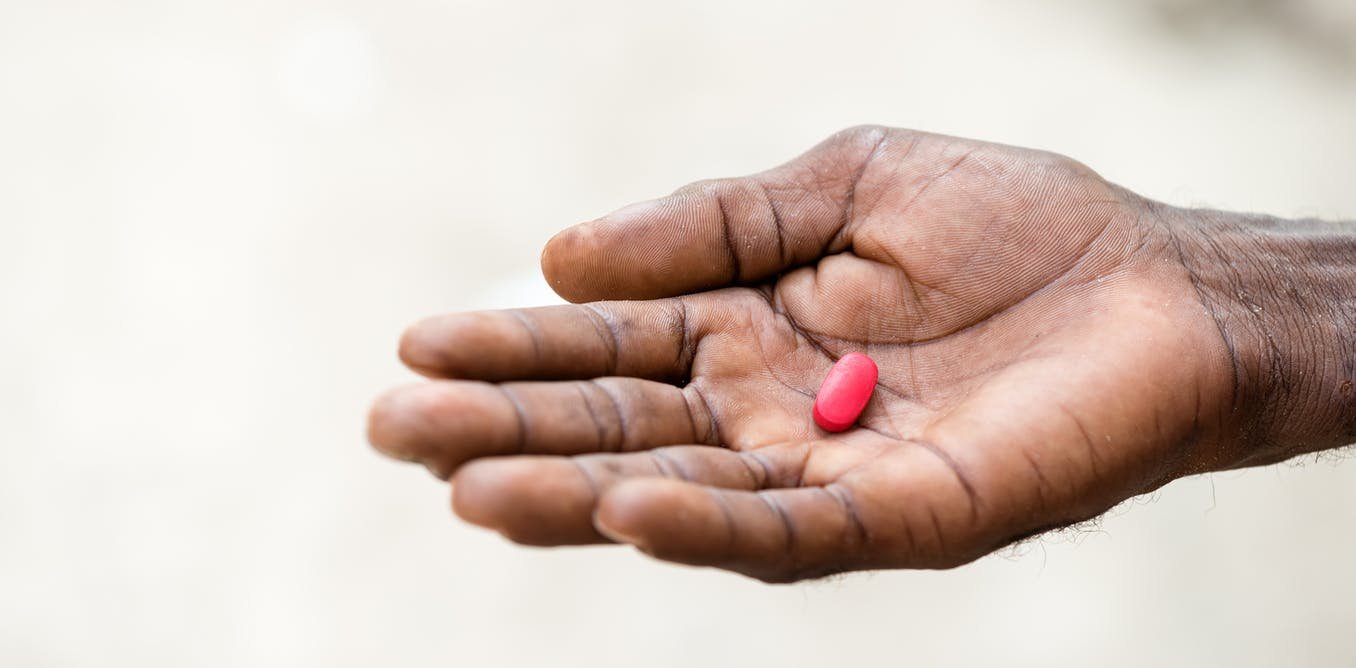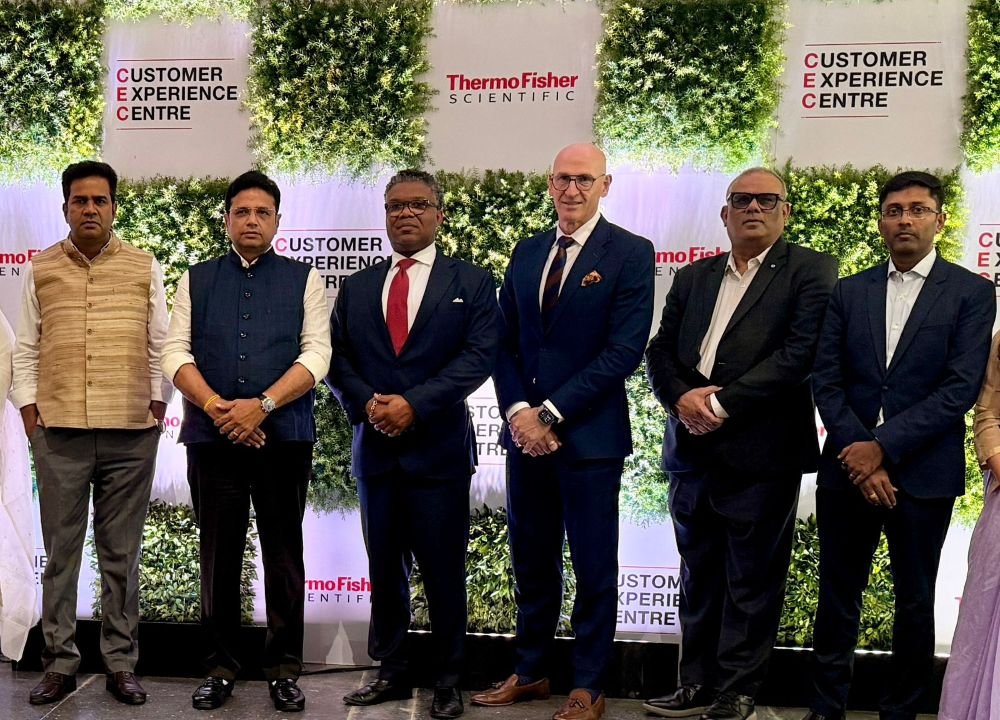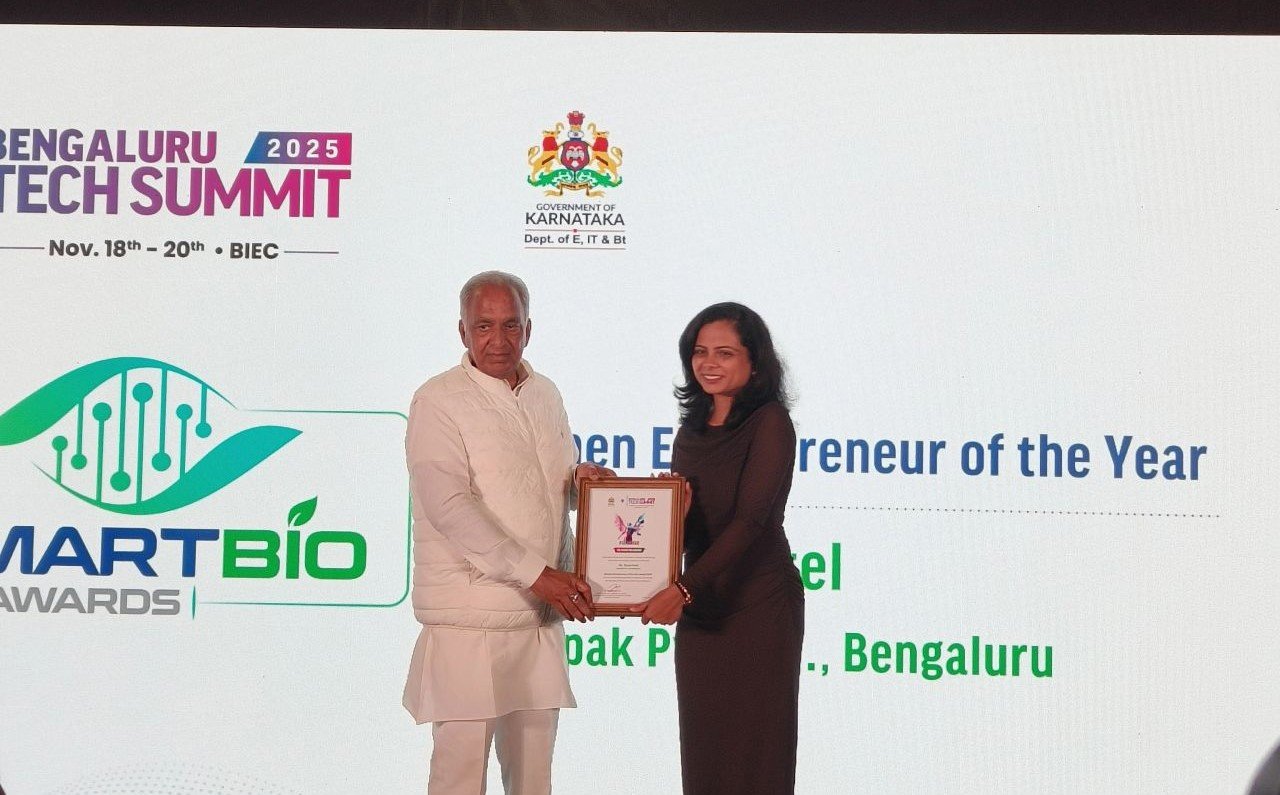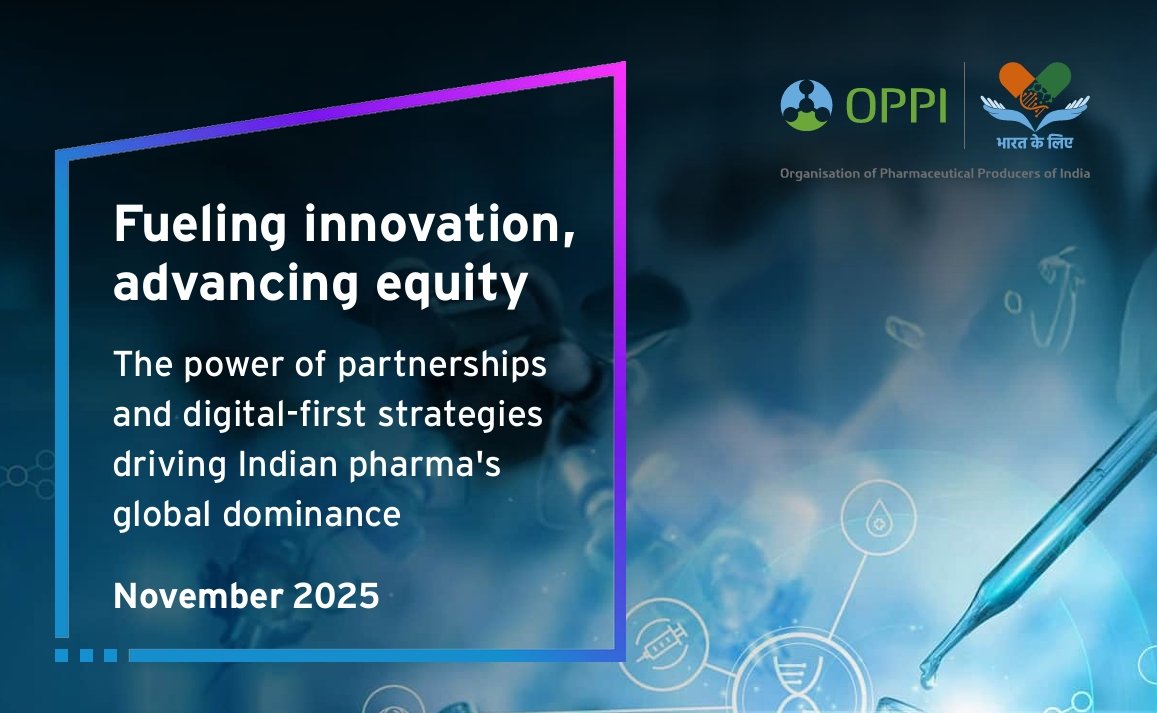Neglected Tropical Diseases- Time to 'Reverse' the Neglect
February 08, 2018 | Thursday | Features | By Manbeena Chawla
According to the fourth World Health Organization (WHO) report on neglected tropical diseases (NTD), India has achieved the target for the elimination of visceral leishmaniasis (kala azar) in 82% sub-districts and the government has set a target of eliminating visceral leishmaniasis by 2017 and lymphatic filariasis in endemic pockets by 2017. Another significant achievement was the elimination of yaws, a chronic skin disease that mostly affects poor children, in 2015. WHO recognised
India as the first member state to “achieve this important milestone”. India has also progressed well in treating lymphatic
filariasis (elephantiasis), and has stopped mass drug administration in 72 endemic districts after passing evaluations.
Image credit- theconversation.com
A group of 20 chronic parasitic, bacterial and viral infections are threatening 1.6 billion people across 149 countries. This set of infections is responsible for causing a group of diseases called the Neglected Tropical Diseases (NTDs). These NTDs remain underreported because they affect the poorest and the most marginalised with little or no access to diagnosis, treatment and cure.
With 58 percent of leprosy cases, 40 percent of lymphatic filariasis and 34 percent of all dengue cases, India shoulders a high burden of several NTDs, which demands sustained attention and action by all stakeholders.
As per WHO‘s 2020 roadmap to eliminate at least 10 of NTDs, India is committed to provide the necessary resources to remove the primary risk factors for NTDs – poverty and exposure by ensuring access to clean water and basic sanitation, integrated vector control, health education and improved living conditions.
For the programmatic point of view, the World Health Organization (WHO) has classified NTDs into two groups:
- Preventive chemotherapy and transmission control (PCT) NTDs- The most prominent examples of NTDs that have been allocated to the PCT group are lymphatic filariasis, onchocerciasis, schistosomiasis, and soil-transmitted helminthiasis. The main tool for their control is the periodic administration of efficacious, safe, and inexpensive (usually donated) drugs to entire at-risk populations.
- Innovative and intensified disease management (IDM) NTDs- IDM, on the other hand, focuses on those NTDs that currently lack appropriate tools for large-scale use. These diseases include Buruli ulcer, Chagas disease, human African trypanosomiasis, and leishmaniasis
While some of these diseases may be unfamiliar, leprosy, kala-azar and filariasis are better known in India and are being targeted for elimination in the near future. A disease is considered ‘eliminated’ when the prevalence rate is less than 1 case per 10,000 population size.
The Indian government has set itself the target of eliminating kala-azar, filariasis and leprosy by 2018. With such ambitious targets, sustained research must remain an integral component of disease elimination programmes.
India is home to a fourth of the 220.6 million children worldwide who need preventive doses of the de-worming medicines Albendazole or Mebendazole to stop worm infection, but re-infection makes it difficult to eliminate worm infections. Since 2015, India has dewormed close to 300 million children at risk of infections.
“During my tenure as Chairman of the Technical Advisory Group for Lymphatic Filariasis (South-East Asian) region and former Director General of ICMR, I have witnessed tremendous progress in India and other countries in Asia towards the goal of elimination. In the area of filariasis, major research is being undertaken in the three drug therapy which includes Ivrmectin, DEC and Albendazole. Another major area in filariasis research is tropical eosinophilia and its overall impact on health. The research is primarily being conducted in the field of new diagnostics, particularly mass spectrometric sequencing as well as use of ultrasound in tracking adult filaria worms. The effect of filariasis on overall immune responses, particularly tuberculosis is the discovery of new microfilaricides drugs.
On the other hand, after the success of single dose ambisome, the major research area being covered for leishmaniasis is a new treatment regime in PKDL (Post-kala-azar dermal leishmaniasis). Other scientific developments such as understanding the mechanism of drug resistance in leishmaniasis, new full genome sequencing of leishmania strains, and four leishmania vaccines are also on the cards. In the area of leprosy, the diagnostics of pauci leprosy is the main research area apart from the mechanism of neurologic manifestation leprosy and HIV immune responses”, shares Dr N K Ganguly, Former DG, ICMR.
With a target to eliminate lymphatic filariasis by the end of 2018, India has had success in 72 districts and is now expanding treatment to include harder-to-reach areas in the eastern states of West Bengal and Odisha. The triple drug therapy (Ivermectin, DEC, and Albendazole) can kill the adult worm and significantly lower the rounds of treatment.
While partnerships to provide affordable products such as diagnostics, drugs and insecticides have led to more than one billion people being treated for at least one NTD in 2015, weak health infrastructure remains the biggest hurdle to scaling up and stamping out these treatable illnesses.
India has been trying to eliminate kala azar for decades but with little success. In 2014, the government launched the Kala Azar Elimination Programme with support from international agencies like the London School of Hygiene and Tropical Medicine, the Drugs for Neglected Diseases initiative. The programme focusses on the four endemic states and has been on the verge of eliminating the disease but has been struggling to cross the finish line. Bihar has the more than 70 per cent of the disease burden, with kala azar endemic in 33 of its 38 districts.
While the drug liposomal amphotericin has made a big difference in controlling the infection, social conditions like poverty and neglect that help the disease spread still remain.
“In India, the Kala-azar Elimination Programme and the Filariasis Elimination Programme are operated under the aegis of the National Vector Borne Disease Control Programme (NVBDCP). Kala-azar is endemic in eastern States of India namely Bihar, Jharkhand, Uttar Pradesh and West Bengal. Overall, 54 districts are endemic, sporadic cases reported from a few other districts. An estimated 130-165 million population is at risk in these four States. The Ministry of Health and Family Welfare has constituted a Core Group within the Ministry for guidance and oversight of progress towards kala-azar elimination. Based on global, regional and local evidence a National Road Map for kala-azar elimination has also been prepared in 2014. These programmes, among others, have been reviewed by the Joint Missions of the WHO and several areas for strengthening have been identified”, points out Dr. Lalit Kant, Former Senior Scientific Adviser, Bill & Melinda Gates Foundation.
To eliminate leprosy, India needs to tackle the stigma associated with the disease. It leads to delays in diagnosis and treatment, which in turn results in continued transmission of infection within families and communities. In 2015-16, 118 districts in India were endemic for leprosy with a prevalence rate of more than 1 per 10,000.
Besides basic research — the discovery of new facts about a disease, vaccines and drugs — new strategies are needed to make an impact. In fact, proving the efficacy of new tools and methods is not enough; their effectiveness must be demonstrated in the field. Lastly, continued surveillance and epidemiologic data collection is necessary to ensure that the disease continues to be under control.
Over the years, the Indian Council of Medical Research (ICMR) has produced new tools, which include two rapid diagnostic tests and a uniform multidrug regimen for all types of leprosy. This has shortened treatment duration to 6 months and is improving adherence.
Amrita Institute of Medical Sciences, Kochi, is currently running a website Indian Network for Neglected Tropical Diseases to address the alarming cases of morbidity and mortality occurring due to these diseases. “NTDs result from four different causative pathogens– viruses, bacteria, protozoa and helminthes which causes dengue, chikungunya, rabies, leishmaniases, leprosy and many other diseases. The morbidity and mortality due to the NTDs remains a major health challenge in India. In Kerala, due to the presence of an effective health care system the magnitude of this problem has been low. However, with the huge influx of migrant labor population in recent years from NTD endemic North Indian states, there has been an emergence or resurgence of these NTDs. Besides health issues, this work force is plagued with many other psycho-socio cultural issues, which also require immediate attention”, says Dr. K. N. Panicker, Emeritus Professor, Community Medicine, Amrita Institute of Medical Sciences, also a former WHO Consultant.
The recent landmark decision by the WHO in June 2017 to adopt snakebite envenoming as a 'category A' neglected tropical disease (NTD) is expected to ignite the development and implementation of the long-awaited global strategy for control and eradication of snakebite envenoming.
India contributes to a significant proportion of global snake bite deaths. Although the full burden of human suffering attributable to snake bite remains obscure, hundreds of thousands of people are known to be envenomed and tens of thousands are killed or maimed by snakes every year.
The Biotechnology Industry Research Assistance Council (BIRAC) will soon begin research for developing novel tools, technologies and processes pertaining to snake bite problem and product optimization or scale-up on “Anti snake venom”.
BIRAC has started inviting research proposals on development of novel and alternate ways of anti snake venom (ASV) production; development of new diagnostics kits for the identification of the snake biting species; and characterization, evaluation and validation facility for ASV.
“DBT/BIRAC in partnership with ICMR had organized consultative meetings by involving Government organizations, International organizations, academic institutes, anti-snake venom manufacturing industries and People for the Ethical Treatment of Animals (PETA) and constituted working groups for improving clinical management & treatment protocols, to focus on improvement & usage of standardized quality of snake venom & standard potency assays and to discuss support for new areas & methods for producing anti-venom. The progamme will focus on cost effective, novel and innovative approaches. The focus will also be on generating ASV with better product profiles and greater cost effectiveness than current products in the market. The priority areas also include an immunoassay for specific identification of the biting species/venomous snake bite in India; identification of venom toxins which are highly specific to the biting snake species, purification of these proteins and development of specific antibodies to these proteins. Out of the twenty neglected tropical diseases prioritised by WHO, BIRAC has already supported development of vaccines against Leishmaniasis, Dengue and Rabies under different funding schemes. Further, BIRAC is considering support for the development of vaccine against Dengue under National Biopharma Mission program. BIRAC is open to support research for other diseases also subject to receiving innovative proposals”, explains Dr. Renu Swarup, Senior Adviser, Department of Biotechnology.
While the burden of tropical diseases and their unmet needs are huge, investment has been limited because the conditions affect communities that cannot afford exorbitant healthcare expenses. However, with initiatives from organizations like the WHO, the Gates Foundation and collaborative research platforms like the Drugs for Neglected Diseases Initiative (DNDi), pharmaceutical and biotechnology players are now working together to support drug discovery and development.
Global view-
According to the latest WHO report, as more districts, countries and regions eliminate NTDs, the number of people requiring treatments has decreased from 2 billion in 2010 to 1.6 billion in 2015. This is good progress but much remains to be done.
Progress against NTDs has been enabled by donations of drugs from pharma companies. In the five years since the London Declaration, companies have donated over seven billion treatments that, with the support of partners, now reach nearly 1 billion people every year. These donations, worth an estimated $19 billion from 2012 - 2020, greatly multiply the impact of cash donations with each dollar invested in delivery leveraging $26 worth of donated drugs.
In addition to donations, pharma companies are working with each other and with research institutes to discover and develop new tools to prevent, diagnose and treat NTDs.
The global market for neglected tropical diseases should reach $2.6 billion by 2021 from $1.4 billion in 2016 at a compound annual growth rate (CAGR) of 14.1 per cent, from 2016 to 2021.
Mass drug administration is considered a possible method for eradication, especially for lymphatic filariasis, onchocerciasis, and trachoma, although drug resistance is a potential problem. According to Fenwick, Pfizer donated 70 million doses of drugs in 2011 to eliminate trachoma through the International Trachoma Initiative. Merck has helped The African Programme for the Control of Onchocerciasis (APOC) and Oncho Elimination Programme for the Americas to greatly diminish the effect of Onchocerciasis by donating ivermectin. Merck KGaA pledged to give 200 million tablets of praziquantel over 10 years, the only cure for schistosomiasis. GlaxoSmithKline has donated two billion tablets of medicine for lymphatic filariasis and pledged 400 million deworming tablets per year for five years in 2010. Johnson & Johnson has pledged 200 million deworming tablets per year. Novartis has pledged leprosy treatment, EISAI pledged two billion tablets to help treat lymphatic filariasis.
Declarations made at the NTD Summit 2017, jointly organized by Uniting to Combat NTDs, the World Health Organization and the NTD community-
- The Bill & Melinda Gates Foundation will give $335 million over the next four years to support a diverse group of NTD programs focused on drug development and delivery, disease surveillance and vector control.
- The Belgian government has pledged an additional $27 million, spread equally over the next nine years, toward the elimination of sleeping sickness in the Democratic Republic of the Congo.
- The UK government has pledged almost $450 million over five years to support NTD control and elimination efforts around the world.
Neglected Tropical Diseases- Listed by WHO
Buruli ulcer
Chagas disease
Dengue and Chikungunya
Dracunculiasis (guinea-worm disease)
Echinococcosis
Foodborne trematodiases
Human African trypanosomiasis (sleeping sickness)
Leishmaniasis
Leprosy (Hansen's disease)
Lymphatic filariasis
Mycetoma, chromoblastomycosis and other deep mycoses
Onchocerciasis (river blindness)
Rabies
Scabies and other ectoparasites
Schistosomiasis
Soil-transmitted helminthiases
Snakebite envenoming
Taeniasis/Cysticercosis
Trachoma
Yaws (Endemic treponematoses)
Leading Companies targeting Neglected Tropical Diseases-
Pfizer, Inc.
Bayer
GlaxoSmithKline plc
Merck & Co., Inc.
Novartis International AG
Takeda Pharmaceutical Company Ltd
Sanofi S.A.
Eisai Co., Ltd
(Source- www.visiongain.com)
Leading drugs in the NTD market-
Coartem (Novartis)
Clindamycin (Pfizer)
Dengvaxia (Sanofi)
AmBisome (Gilead Sciences)
Impavido (Knight Therapeutics)
ALBENZA (Amedra Pharmaceuticals LLC)
(Source- www.visiongain.com)
Indian Research Institutes working on NTDs
International Centre for Genetic Engineering and Biotechnology (ICGEB), New Delhi
National Institute of Virology, Pune
Institute of Life Sciences, Odisha
Centre for Cellular & Biomedicine and Biotechnology, Hyderabad
Indian Institutes of Science Education & Research
National Centre for Disease Control, New Delhi
Central Drug Research Institute, Lucknow
Indian Institute of Science, Bengaluru
Indian Institute of Technology
Banaras Hindu University, Varanasi
National Institute of Immunology, New Delhi
Institute of Genomics and Integrative Biology, New Delhi
Rajiv Gandhi Centre For Biotechnology, Kerela
Birla Institute of Technology & Science, Pilani
Regional Medical Research Centre, Port Blair
Indian Institute of Chemical Biology, Kolkata
Jawaharlal Nehru University, New Delhi
Centre for Chronic Disease Control, Gurugram
Calcutta School of Tropical Medicine, Kolkata
National Institute of Malaria Research, New Delhi
National JALMA Institute for Leprosy & Other Mycobacterial Diseases, Agra
National Centre for Diseases Informatics and Research, Bengaluru
National Institute of Epidemiology, Chennai










